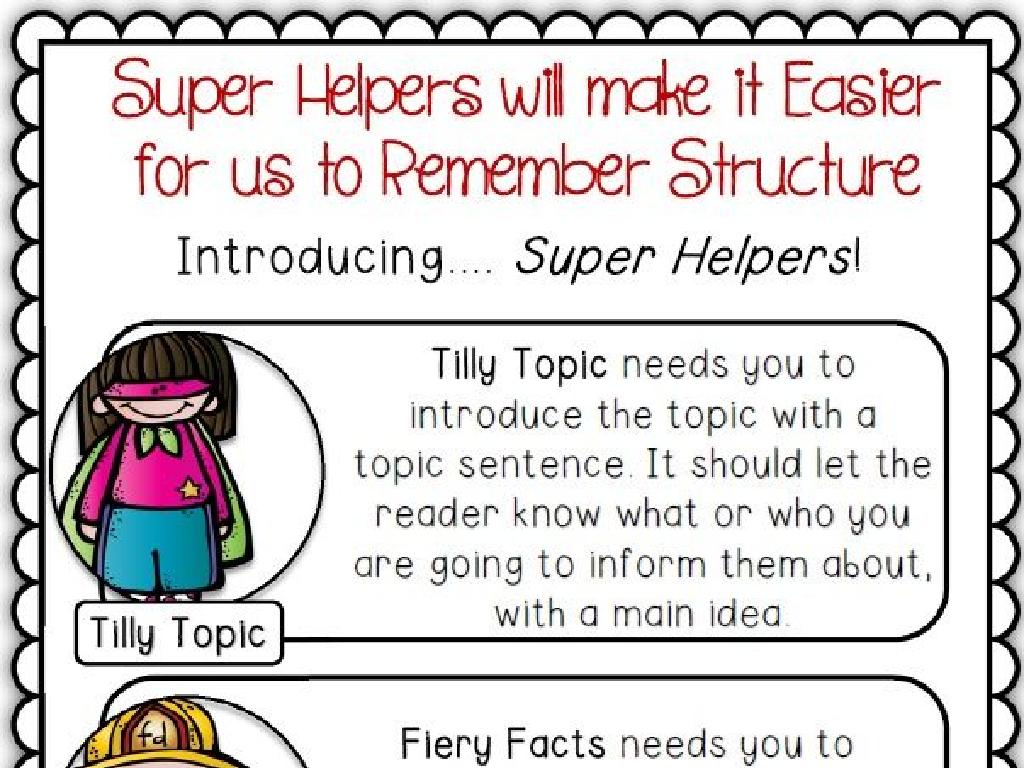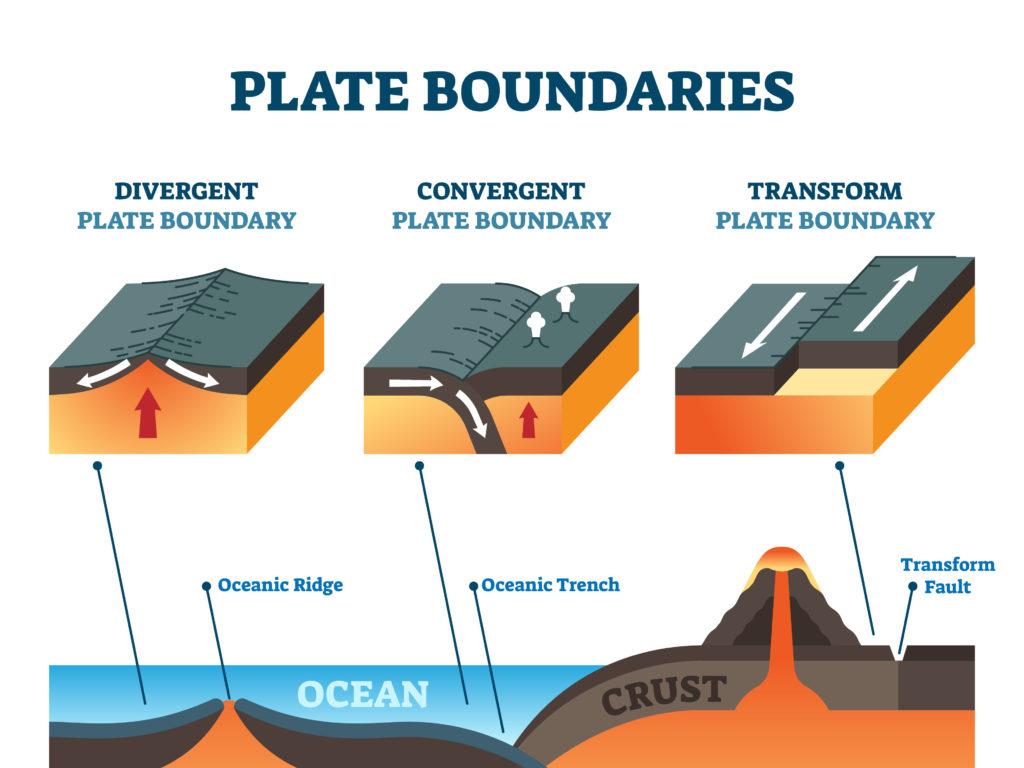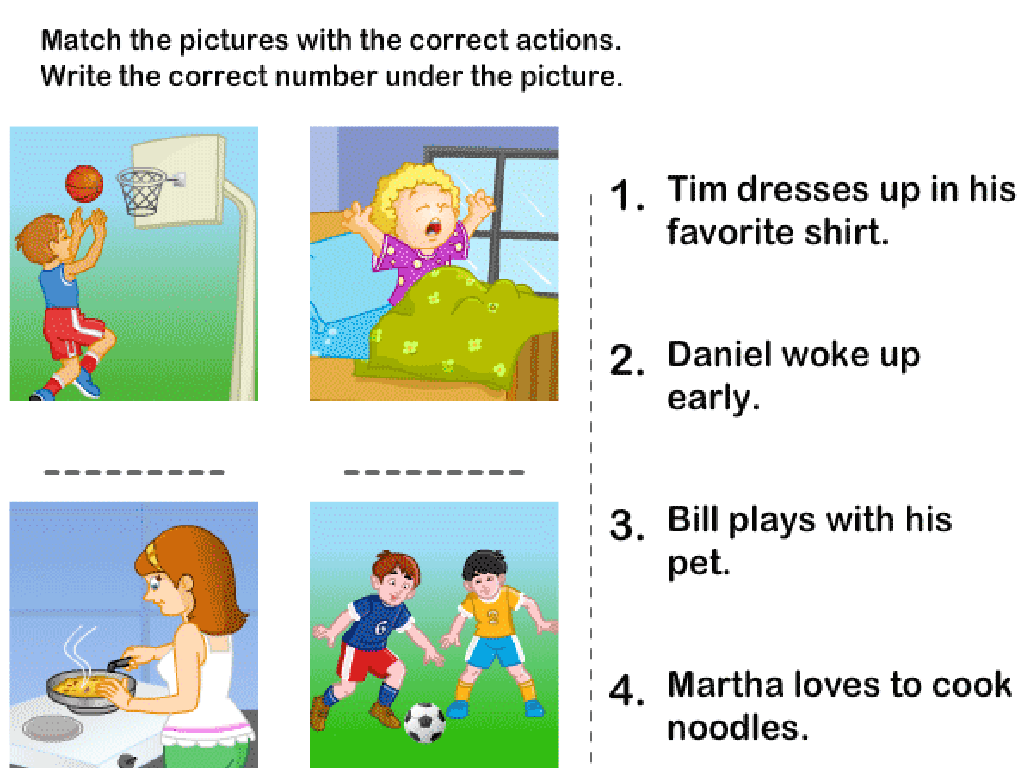Estimate Differences
Subject: Math
Grade: Fourth grade
Topic: Subtraction
Please LOG IN to download the presentation. Access is available to registered users only.
View More Content
Today’s Adventure: Estimating Differences!
– What is an estimate?
– An estimate is a close guess of the actual value.
– Estimating vs. Exact Answers
– Estimates are quicker but less precise; exact answers are accurate but take time.
– When to use estimation
– Use estimation for quick calculations or when an approximate value is acceptable.
– Practice estimation skills
– Let’s try estimating the difference in some sample problems.
|
This slide introduces the concept of estimation in subtraction, emphasizing its importance and utility in everyday math. Begin by explaining that an estimate is a near approximation rather than an exact number, which can be useful when exactness isn’t necessary. Discuss the trade-off between the speed of estimation and the accuracy of finding the exact answer. Highlight situations where estimation is particularly useful, such as when shopping, cooking, or making quick decisions. Conclude with engaging the class in practice problems where they estimate differences, reinforcing the concept through active participation.
Understanding Estimation in Subtraction
– Estimation: A math detective’s guess
– Rounding numbers for easier math
– Round to the nearest ten or hundred to simplify
– Estimation in daily life
– Guessing the total cost while shopping, or time needed for a trip
– Practice estimation with examples
– Let’s estimate the difference of 453 and 289 by rounding first
|
Estimation is a fundamental skill in mathematics that allows students to make an educated guess about a number. It’s particularly useful when exact values are not required, or to check the reasonableness of an answer. Teach students how to round numbers to the nearest ten or hundred as a method of estimation. Provide real-life scenarios where estimation is practical, such as calculating expenses or time. Encourage students to practice by rounding numbers before subtracting to estimate differences, reinforcing the concept with hands-on examples.
Rounding Numbers to Estimate Differences
– Review rounding to nearest ten and hundred
– Remember, numbers ending in 5 or more round up.
– Let’s practice rounding numbers
– We’ll round some numbers as a class activity.
– Understand rounding for estimation
– Rounding gives us a close number that’s easy to work with.
– Rounding makes subtraction easier
|
Begin with a quick review of rounding rules, emphasizing the importance of looking at the digit to the right of the place value when rounding. Engage the class in a practice activity where they round numbers to the nearest ten and hundred. Explain how rounding simplifies complex subtraction problems by providing an approximate value that is easier to subtract mentally. Emphasize that while the result is not exact, it is a useful technique for making quick and reasonable estimates. Encourage students to use this method when exact values are not necessary, such as when checking if they have enough money to purchase an item.
Estimating Differences in Subtraction
– Round numbers to nearest ten or hundred
– If you have 354 and 127, round to 350 and 130.
– Subtract the rounded numbers
– Now take 350 and subtract 130.
– Find the estimated difference
– The result, 220, is the estimated difference.
|
This slide introduces students to the concept of estimating differences by rounding numbers before subtracting. It’s a three-step process that simplifies calculations and helps in making quick and reasonable guesses about the result of a subtraction. Start by rounding each number to the nearest ten or hundred, which makes them easier to work with. Then, subtract these rounded numbers to find an approximate answer. This method is particularly useful when exact values are not required, and a ballpark figure is sufficient. Encourage students to practice with different sets of numbers to become comfortable with estimation.
Let’s Practice Estimating Differences!
– Example 1: 453 – 289 estimation
– Round to nearest tens: 450 – 290 = 160
– Example 2: 671 – 498 estimation
– Round to nearest tens: 670 – 500 = 170
– Group estimation activity
– Work in groups to estimate differences
– Class participation
– Share your estimates with the class
|
This slide is designed to engage the class in practicing estimation with subtraction. Start by demonstrating how to estimate the difference between two numbers by rounding them to the nearest ten. For example 1, show that 453 rounds down to 450 and 289 rounds up to 290, making the estimated difference 160. For example 2, round 671 down to 670 and 498 up to 500, with an estimated difference of 170. Then, have the students form groups and practice estimating differences with various numbers, encouraging them to use rounding to the nearest ten or hundred as appropriate. Finally, invite each group to share their estimates and discuss any variations in their results. This activity will help students understand the concept of estimation and its practical application in everyday math problems.
Estimation in Shopping
– Estimation’s role in shopping
– Round prices to nearest dollar to estimate total cost.
– Quick decisions with estimation
– Use estimation to decide if you have enough money.
– Activity: Estimating school supplies cost
– List items and prices, then round to nearest dollar to estimate.
|
This slide introduces students to the practical use of estimation in everyday life, such as when shopping. Estimation can help us quickly determine if we can afford to purchase certain items without having to calculate the exact total. For the activity, students will practice estimation by rounding the prices of their school supplies to the nearest dollar and then adding them up to estimate the total cost. This will help them understand the usefulness of estimation in making quick decisions, especially when on a budget. Teachers should prepare a list of common school supplies with varying prices to facilitate the activity and discuss different strategies for rounding numbers.
Class Activity: Estimation Station
– Break into groups for estimation
– Estimate differences of numbers
– Use rounding to estimate the difference
– Share estimates with the class
– Explain your estimation method
– Discuss varying estimates
– Why might groups have different results?
|
This activity is designed to encourage collaboration and critical thinking as students work in small groups to estimate the differences between assigned numbers. Start by explaining the concept of estimation and rounding as a tool to simplify calculations. Then, assign different sets of numbers to each group, ensuring a mix of easy and challenging pairs. After the groups have made their estimates, bring the class together to share their results and the methods they used. Facilitate a discussion on why different groups may have arrived at different estimates, emphasizing the importance of the estimation process and how it can vary based on the approach taken. Possible activities could include estimating the results of subtraction problems involving money, distances, or time to make the activity relatable and engaging.
Estimation: Why and When?
– Importance of estimation
– Estimation helps us make quick & useful number judgments.
– Estimation in daily life
– Use estimation when shopping, cooking, or planning time.
– Homework: Real-life estimation
– Find 3 chances to estimate at home, like counting apples or measuring for a recipe.
|
This slide aims to wrap up the lesson by reflecting on the importance of estimation and its practical applications. Estimation is a valuable skill that allows for making quick decisions without needing exact numbers, which is especially useful in situations where time is limited or precision is not crucial. Encourage students to think about how estimation can be helpful in everyday activities such as shopping, to avoid overspending, or while cooking, to gauge ingredient amounts. For homework, students should identify three situations at home where they can apply estimation, such as estimating the number of items in a jar, the time it will take to complete a chore, or the amount of liquid in a container. This exercise will reinforce their understanding and show them how math is applicable in their daily lives.





